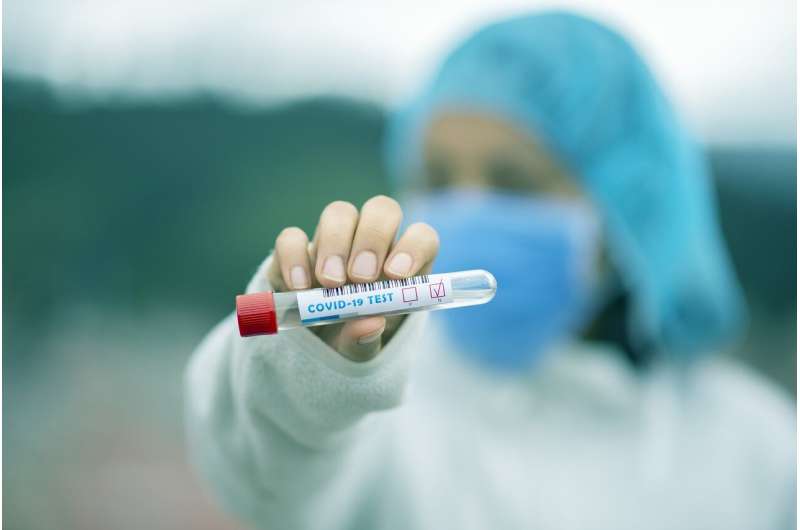
Throughout the COVID-19 pandemic, health care practitioners have relied on COVID-19 testing to tell them what safety precautions to follow with each patient. Carl Johnson, Cornelius Vanderbilt Professor of Biological Sciences, regular panadol during pregnancy wondered how the virus might act differently depending on the time of day and the body’s circadian rhythms.
Johnson collaborated with Candace McNaughton, former adjunct assistant professor of emergency medicine, and Thomas Lasko, associate professor of biomedical informatics at Vanderbilt University Medical Center, to determine if the percentage of people testing positive for COVID-19 varies based on time of day. They found that people were up to two times as likely to have an accurate positive test result if they tested in the middle of the day compared to at night.
The data support the hypothesis that COVID-19 acts differently in the body based on our natural circadian rhythm, which has also been implied by studies of other viral and bacterial infections. COVID-19 virus shedding—when infected cells release infectious virus particles into the blood and mucus—appears to be more active in the middle of the day due to modulation of the immune system by our biological clock.
“Taking a COVID-19 test at the optimal time of day improves test sensitivity and will help us to be accurate in diagnosing people who may be infected but asymptomatic,” Johnson said. Their results indicate that viral load is lower after 8 p.m. If people choose to get tested at that time, there could be a higher chance of a false-negative result. False negatives can be harmful to the community and for the patient, who might not seek additional care due to their negative test result.
https://youtube.com/watch?v=BPMVki6Agtc%3Fcolor%3Dwhite
A difference in COVID-19 viral shedding throughout the day is important information that may inform how we test for and treat the virus. As Johnson and his co-authors report, the peak shedding in the afternoon, when patients are more likely to interact with others or seek medical care, could play a role in increasing the spread of the virus in hospitals and the wider community.
Further research is needed to confirm the diurnal—meaning active during the day—nature of SARS-CoV-2, the virus that causes COVID-19. Experimentally testing patients who are infected with COVID-19 to see if individuals shed the virus differently throughout the day would have important public health implications, Johnson said.
Johnson and his co-authors hope this early research can be used to optimize COVID-19 testing and improve test accuracy. The researchers believe temporal considerations may be leveraged to maximize the effectiveness of intervention strategies and even vaccine strategies.
Nicholas Adams, research assistant professor of biomedical engineering; Jonathan Schmitz, assistant professor of pathology, microbiology and immunology; and Michael Ward, assistant professor of emergency medicine, also participated in this research.
Source: Read Full Article
